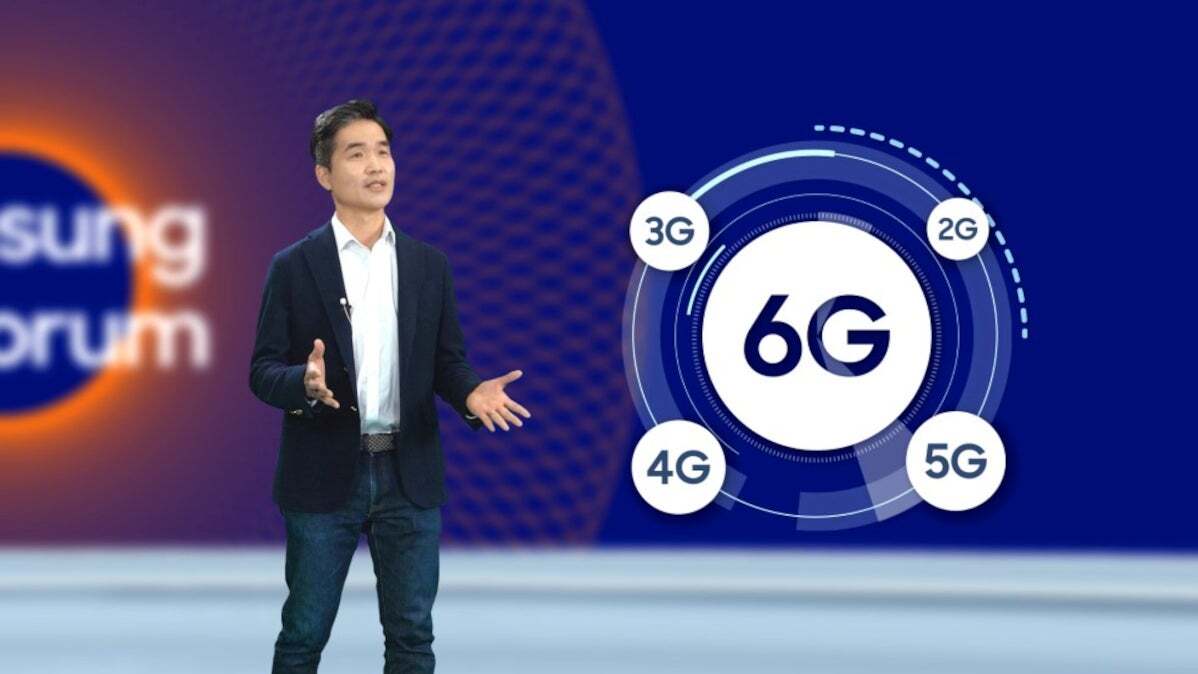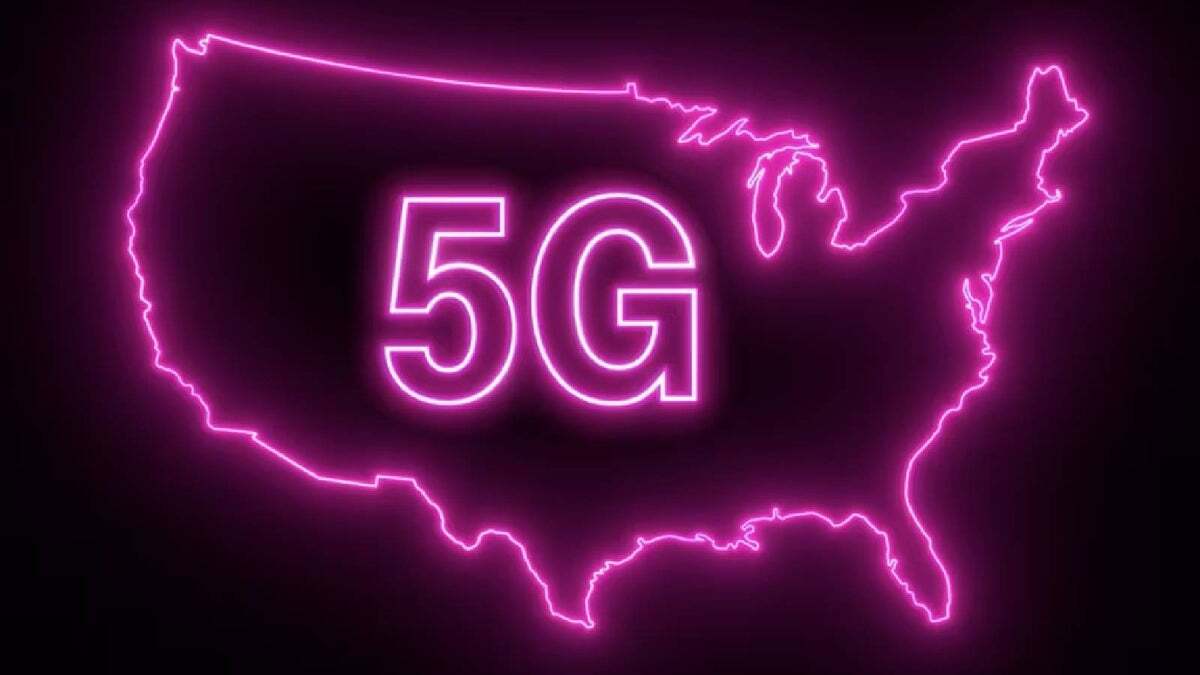This doesn’t mean the 5G standard is dead. Quite the contrary – it’s going to be a continuous 5G bonanza, until the 4G users are (almost) no more… and more than most of the phone users are on 5G.
Not to mention that 5G has to smooth out some ripples right now. For example, a fixed wireless access (FWA) provider is complaining that T-Mobile’s 5G network is interfering with its service in Maryland.
Did I say that 5G users are from a majority right now, and they (we) won’t be for years to come?
But – the obligatory ‘but’ – the future waits for no one.
Who’s on 5G and who’s on 4G?
Back in the end of February 2024, at the Barcelona-held MWC (Mobile World Congress), there was a 5.5G core summit, themed “5.5G Core, Intelligence lights up the world” which featured various session speakers.
At MWC 2024, Li Peng, Huawei’s Corporate Senior Vice President and President of ICT Sales & Service, said:
5G began commercialization in 2019, and over the past five years, it has already gained 1.5 billion users worldwide. It took 9 years for 4G to achieve this. Currently, 20% of global mobile subscribers are using 5G. These users generate 30% of all mobile traffic and contribute to 40% of mobile service revenue. 5.5G is entering commercial use in 2024, and as 5.5G, AI, and cloud converge, carriers can unlock the potential of new applications and capabilities.
From 3G to 6G: a leap that’ll give you faith

The evolution of wireless network technologies is happening so fast, it’s probably one of the most transformative journeys in the history of telecommunications. While there are obscure, ancient standards like 0G, 1G and 2G, let’s focus on 3G and onwards for this particular history segment.
Remember 4G?
In short, 4G – still used widely – is making possible HD video streaming, fast web browsing, and the emergence of cloud computing.
The 5G revolution
Building on the solid foundation laid by 4G, 5G came to redefine the idea of just how connected we can be (one could argue if now, in the 5G we’re more or less connected to each other on a personal level, but I’ll leave that to the philosophers).
And then, there’s the 6G promise of tomorrow
While 5.5G is still on the drawing board, the conversation around 6G is already starting to take shape. Expected to be rolled out in the 2030s, 6G is anticipated to usher in speeds up to 100 times faster than 5G, near-zero latency, and unprecedented reliability and efficiency.
Say hello to 5.5G!
So, to the point: 5.5G, also known as 5G Advanced, is the next step in wireless network technology. It’s sitting right between the 5G reality of today and the 6G promise of tomorrow.
Just like 6G (and every other generation back in time), 5.5G aims to enhance the capabilities of 5G networks further, focusing on increasing speeds, reducing latency, and improving network efficiency and reliability.
One of the key goals of 5.5G is to support the blooming Internet of Everything (IoE), which extends beyond the Internet of Things (IoT).
A quick note: IoT is about connecting everyday devices to the internet so they can share data and work smarter, like a fridge that orders milk when you’re running low. In contrast, IoE takes this idea further by linking not just gadgets, but also people, processes, and data. While IoT focuses on making devices communicate better, IoE aims to transform data into information and knowledge, which in turn helps in making more intelligent decisions.
What is 5.5G good for?
The 5.5G standard was launched days ago in select Chinese cities by China Mobile on its network. The 5.5G connectivity still has a long way to go, but it’s said to offer the following goodies:
- Peak download speeds reaching 10 Gigabits per second
- Ultra-low latency in the millisecond range
- Massive connectivity for up to 100 billion IoT devices
- Integration with aerospace technology
Back at this year’s MWC, Huawei representatives also discussed that 5.5G is crucial for the AI-era which is upon us. That’s because AI tools will be used in the upcoming years to create so much pictures, videos, and files, that 5.5G will have to bear a significant portion of the traffic.Here’s what Huawei predicts for 2026 in terms of AI-generated data:
- Over 250 billion images
- Over 70 million videos
- Over 100 billion gigabytes of data
- Over one trillion gigabytes of data traffic
Which phone supports 5.5G right now?


Thanks to a recent update, 5.5G comes to the Oppo Find X7 Ultra. Who could’ve guessed that this photo-centric beast of all the phones would get such a boost… but, hey, a flagship is a flagship!
The said update (PHY110_14.0.1.512/CN01) has been rolled out to select devices, but 5.5G support is promised to come to all Find X7 models, not just the Ultra (there’s the ‘vanilla’ Find X7 and an upcoming Find X7 Ultra Satellite Edition, which does exactly what you’d think).
Apart from that, the vivo X Fold 3 series, iQOO 12 series and Xiaomi 14 Ultra are also expected to get 5.5G support in the near future. Also, Honor claims its entire Magic 6 series will get 5.5G networks support via an update.
Regarding the infrastructure, China Mobile plans to roll out the network to more than 300 cities by the end of 2024 and many more will follow in 2025.
Privacy issues
Each leap in (wireless) technology brings its set of challenges. The transition from 3G to 4G raised issues regarding spectrum allocation and network congestion. Similarly, the move to 5G got many to worry about things like easier, faster and increased surveillance, data collection by bad actors, more accurate location tracking, and more.
In that vein, the 5.5G (and similarly, 6G) networks will undoubtedly stir the pot and cause some people to get paranoid. After all, the same issues are valid with 5.5G and 6G. It’s just that they’ll (potentially) happening way faster and on a much broader scale.
Stability over speed?


Every innovation out there has to stand the test of time – and initially, it’s a mess. All kinds of bugs and problems pop up. It takes time to sort them out, only to encounter even more issues. New technology gets stable and spreads out in time.
But – let me finish with a question – would you rather have a crazy fast 5.5G network that’s not as stable outside of cities, or you’d prefer a slower, but steady as a rock 4G nation-wide?
Let me know in the comments.
